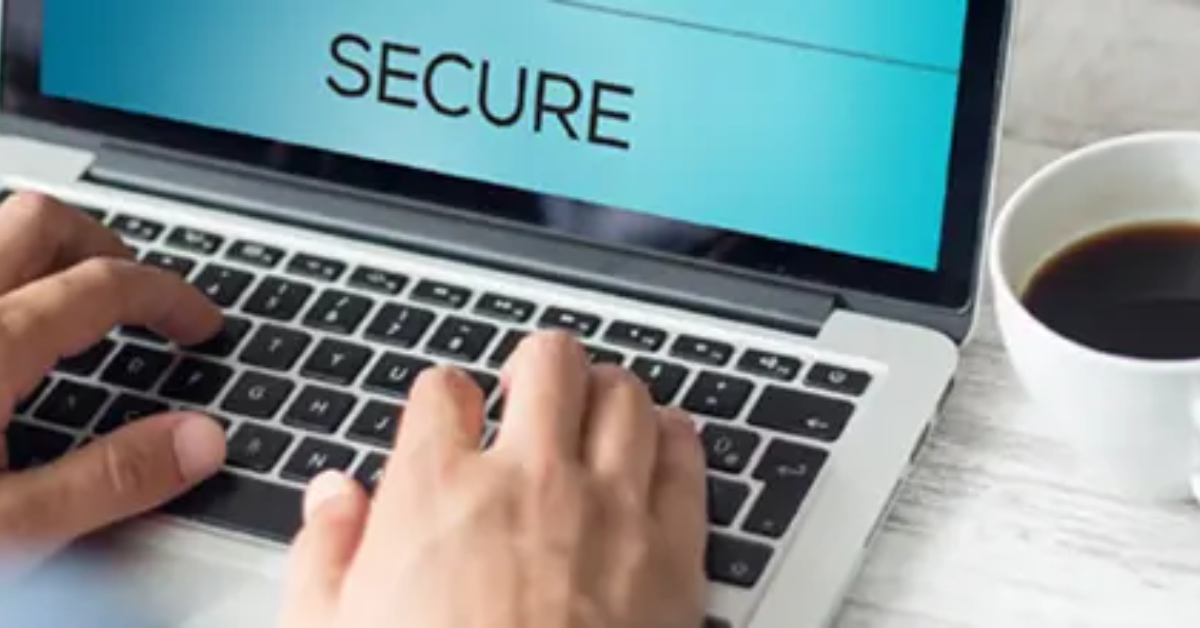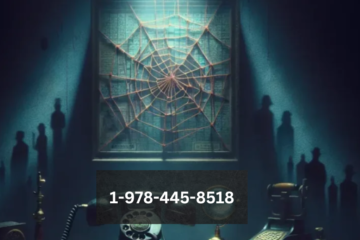In our increasingly digital world, online scams have evolved to become more sophisticated and pervasive, preying on our trust in reputable organizations. One such scheme that has gained notoriety is the USPSKC scam, which deceives individuals by mimicking the official communication of the United States Postal Service (USPS). This scam exploits the credibility of USPS to trick people into disclosing personal information or inadvertently downloading malicious software. Addressing such scams is vital to preserving our personal and financial security in an age where digital threats are ever-present.
The USPSKC scam involves fraudulent activities where scammers pose as USPS representatives to trick individuals into believing they have a legitimate package delivery issue. These scammers often send emails, text messages, or phone calls that appear to be from USPS. Their goal is to direct you to a counterfeit USPS website where they ask for sensitive information or prompt you to click on links that may install malware on your device. This scheme capitalizes on the urgency and trust associated with package delivery notifications to manipulate victims into taking hasty actions without verifying the authenticity of the communication.
Scammers utilize various tactics to create a convincing façade. They employ official-looking language, logos, and formats to make their communications seem genuine. They often use urgent messages claiming that immediate action is required to resolve issues with package delivery or avoid legal consequences. This exploitation of urgency and trust in USPS leads many to fall victim to their deception. Recognizing these tactics is crucial for preventing the scam and protecting yourself from potential harm.
Mechanics of the USPSKC Scam

The USPSKC scam operates through several common scenarios and communication methods. Victims typically receive messages that appear to be from USPS, indicating a problem with a package delivery or requiring verification of personal details. These messages may come via email, text, or phone call. Scammers often direct victims to fake websites that closely resemble legitimate USPS sites but are designed to capture personal information such as names, addresses, and credit card details.
Phishing techniques are central to this scam. Scammers create fraudulent websites that mimic USPS’s appearance to deceive individuals into providing sensitive information. These fake sites may look identical to the real USPS site but are designed to harvest data or deliver malware. Commonly, scammers use phishing emails and texts that include links leading to these malicious sites. By clicking on these links, victims inadvertently expose their personal information or download harmful software, jeopardizing their personal data security.
Identifying the Signs of a USPSKC Scam
Recognizing the signs of a USPSKC scam is essential for protecting yourself from falling victim. Key red flags to watch for include unusual requests for personal information, suspicious links, and communications that create a false sense of urgency. Genuine USPS communications are straightforward and do not request sensitive information through insecure channels. When in doubt, always verify the legitimacy of the communication by contacting USPS directly through official contact methods.
Comparing scam communications with genuine USPS notices can help identify fraud. Authentic USPS messages will include official contact information, real tracking numbers that can be verified on the USPS website, and secure links leading to verified USPS domains. Scammer communications, in contrast, often lack these verification elements and may use generic or alarming language to prompt immediate action. By analyzing these patterns, you can better protect yourself from online scams.
How to Protect Yourself from the USPSKC Scam

Protecting yourself from the USPSKC scam involves adopting best practices for online security. Always verify the authenticity of communications by contacting USPS directly through their official customer service channels. Avoid responding to suspicious emails or texts and be cautious when clicking on links. Use strong, unique passwords for your online accounts and enable two-factor authentication where possible to add an extra layer of security.
It’s also crucial to use cybersecurity tools and resources to safeguard your personal information. Anti-malware software can protect your devices from harmful software, while email filters can help block phishing emails and spam. Cybersecurity firms and online fraud awareness organizations offer valuable resources for staying informed about the latest threats and best practices for online safety.
You May Also Like: Mastering Stealthother.site: Expert Tips and Strategies
What to Do if You’ve Fallen Victim
If you suspect you’ve fallen victim to the USPSKC scam, take immediate action to mitigate potential damage. Disconnect from the internet to prevent further data transmission and change passwords for any affected accounts. Run a security scan using anti-malware tools to identify and remove any threats. Reporting the scam to relevant authorities is also essential. The Federal Trade Commission (FTC), Internet Crime Complaint Center (IC3), and Federal Bureau of Investigation (FBI) are key resources for reporting online crimes and seeking assistance.
Taking steps to prevent further identity theft is crucial. Monitor your credit reports and financial statements for unusual activity and consider placing a fraud alert or credit freeze with credit bureaus. Recovery from financial and personal losses may involve seeking assistance from identity theft protection services and consulting with financial advisors to address both the financial and emotional impacts of the scam.
Real-Life Cases and Testimonials
Real-life stories from victims of the USPSKC scam highlight the significant impact of such fraud. These accounts illustrate the emotional and financial toll of falling victim to online scams and underscore the importance of vigilance and prompt action. Expert opinions on preventing similar scams emphasize enhancing cybersecurity awareness and adopting best practices for online safety. Insights from cybersecurity experts and consumer protection agencies provide valuable guidance on protecting yourself from fraud and staying informed about emerging threats.
Additional Resources and Tools

For additional assistance, visit relevant agencies such as the Federal Trade Commission (FTC) and the Internet Crime Complaint Center (IC3) for resources and reporting tools. Recommended cybersecurity tools and services include anti-malware software and email filters to enhance your online security. Educational resources on online fraud prevention, provided by consumer protection agencies and online fraud awareness organizations, offer further guidance on safeguarding yourself from scams.
Frequently Asked Questions
What is the USPSKC scam?
The USPSKC scam is a fraudulent scheme where scammers impersonate the United States Postal Service (USPS) to trick individuals into providing personal information or downloading malicious software. These scammers use fake emails, text messages, or phone calls that appear to be from USPS, often directing victims to counterfeit websites.
How can I identify a USPSKC scam?
To identify a USPSKC scam, look out for suspicious communication claiming urgent action is needed regarding your package. Scammers often use official-looking language and logos but direct you to fake websites or ask for sensitive information. Always verify any communication directly with USPS through their official contact methods.
What should I do if I receive a suspicious message from USPSKC?
If you receive a suspicious message from USPSKC, do not click on any links or provide personal information. Instead, contact USPS directly using their official website or customer service number to verify the legitimacy of the message. Report the incident to the Federal Trade Commission (FTC) or Internet Crime Complaint Center (IC3) if you suspect fraud.
How can I protect myself from USPSKC and similar scams?
To protect yourself from USPSKC and similar scams, be cautious when receiving unsolicited messages about package deliveries. Avoid clicking on links or providing personal details unless you can verify the sender’s legitimacy. Use anti-malware software and keep your online security practices up-to-date to safeguard against potential threats.
Where can I report a USPSKC scam?
You can report a USPSKC scam to several authorities, including the Federal Trade Commission (FTC), the Internet Crime Complaint Center (IC3), and the Federal Bureau of Investigation (FBI). Reporting helps authorities track and combat online fraud and can assist in recovering lost personal information.
Conclusion
In summary, understanding and addressing the USPSKC scam is crucial for protecting your personal and financial security. By recognizing the signs of fraud, adopting best practices for online security, and taking swift action if you become a victim, you can safeguard yourself from these malicious schemes. Staying informed about the latest threats and using available resources will help you maintain a secure and confident online presence. Remember to stay vigilant and proactive in your efforts to protect yourself from online fraud.
Stay in touch to get more updates & alerts on Anonib! Thank you



